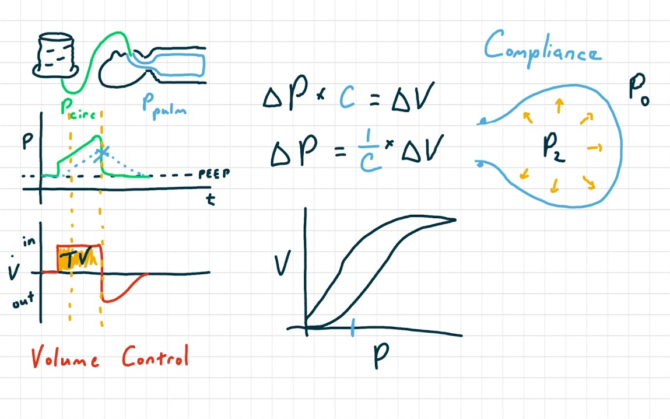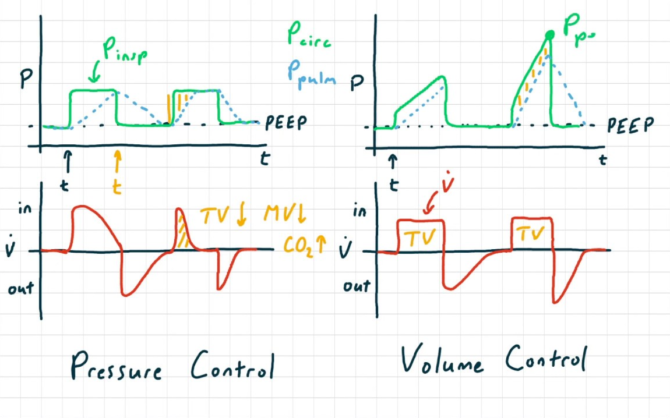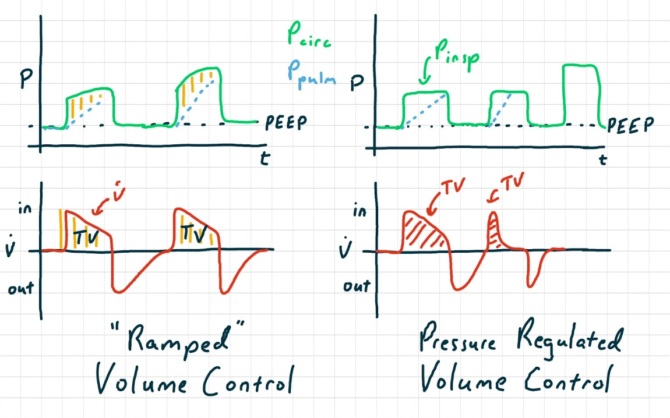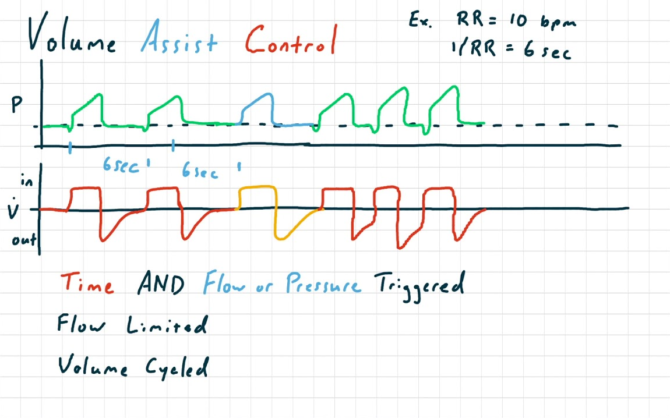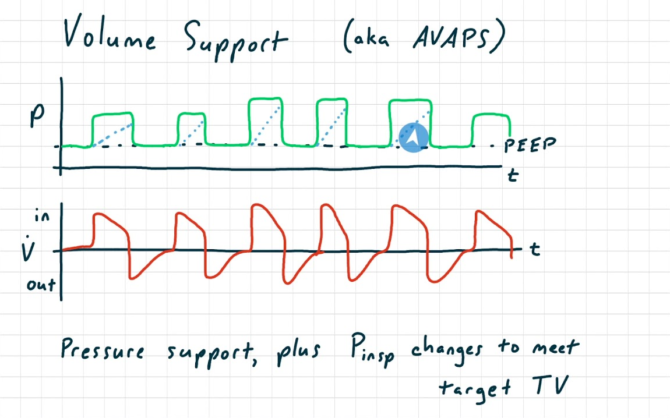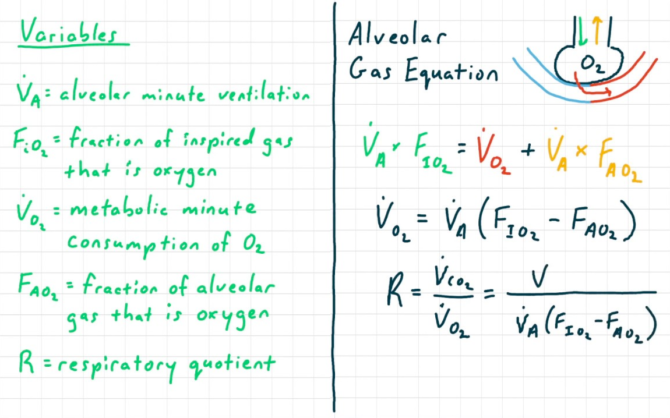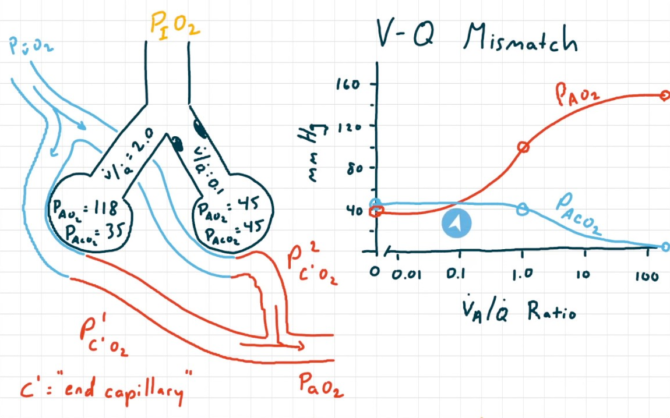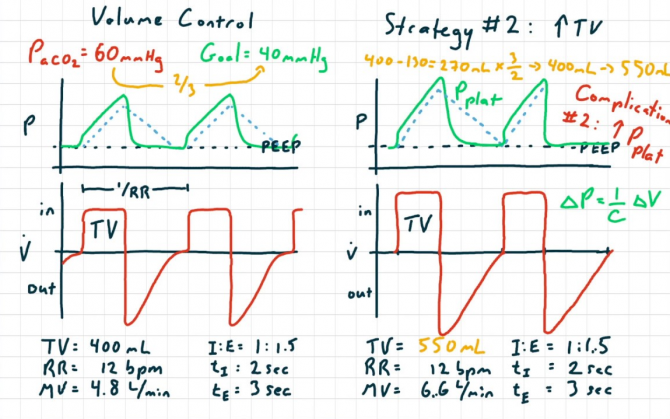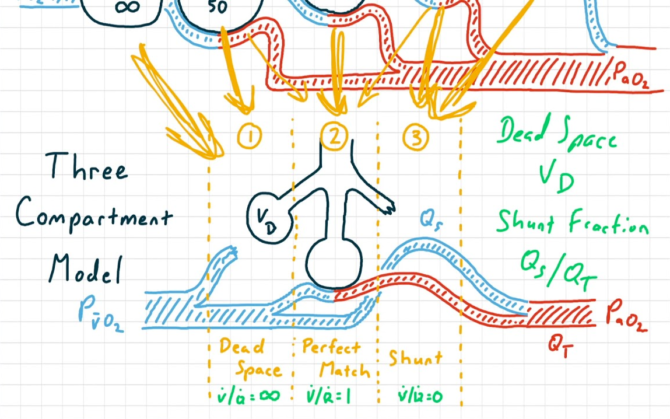Ventilator and Pulmonary Mechanics Chalk Talk Series
Welcome to the Ventilator and Pulmonary Mechanics Chalk Talk Series, where we are learning how a ventilator works, and how to work a ventilator.
This series was developed as a spin-off of “bedside” teaching sessions with medical students and interns on their clinical anesthesiology rotation, where hands-on ventilator management is encouraged from day 1. For that reason, this series builds up complexity both in ventilator mechanics and in pulmonary physiology in parallel.
We start with a paralyzed, healthy patient connected to a basic, bellows-driven ventilator. Throughout the series, both the patient and the ventilator become more complex, until we’re treating an ARDS patient using the tricks of a modern ICU ventilator. As we progress, we alternate between pathophysiology-heavy lectures and nuts-and-bolts ventilator talks, so that we can put every new physiology tidbit we learn into practice with minimal delay.
The first ten lectures build an understanding of conventional ventilator modes, pathologic mechanisms of hypercarbia and hypoxemia, and how to manipulate ventilator settings to correct respiratory failure. Future lectures will focus on challenging or advanced ventilator scenarios, including the acute respiratory distress syndrome, severe restrictive disease, and extreme obesity.

